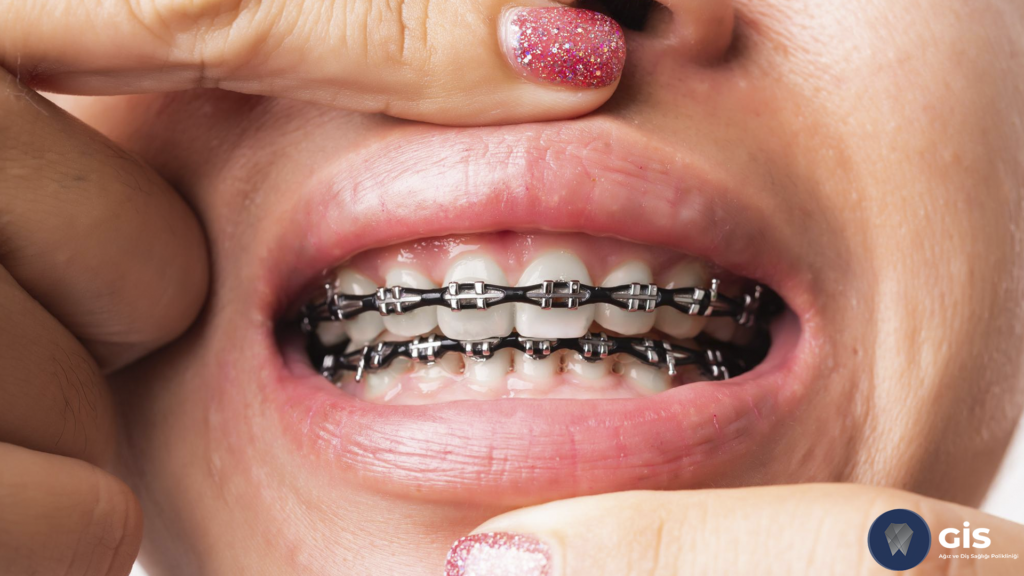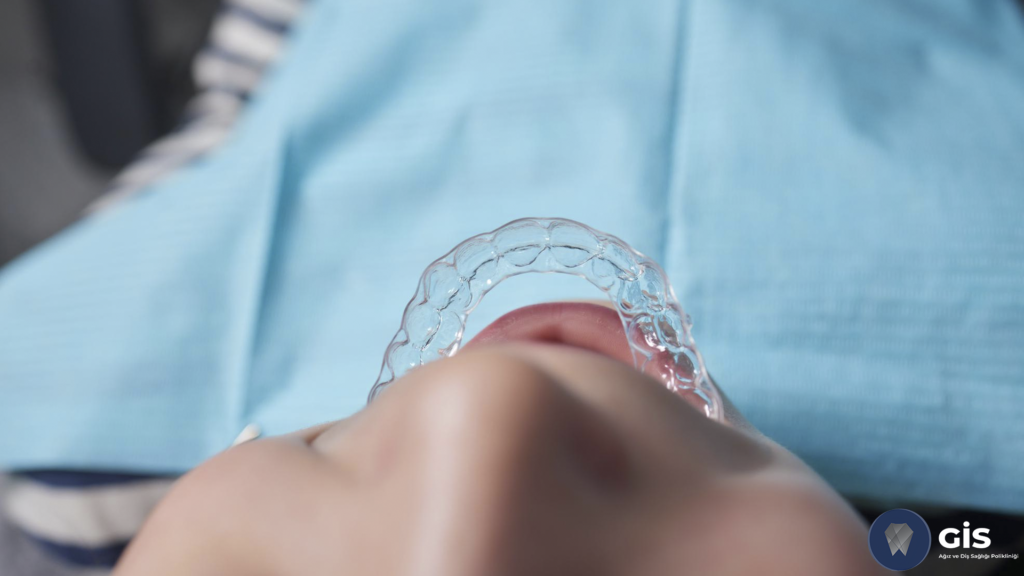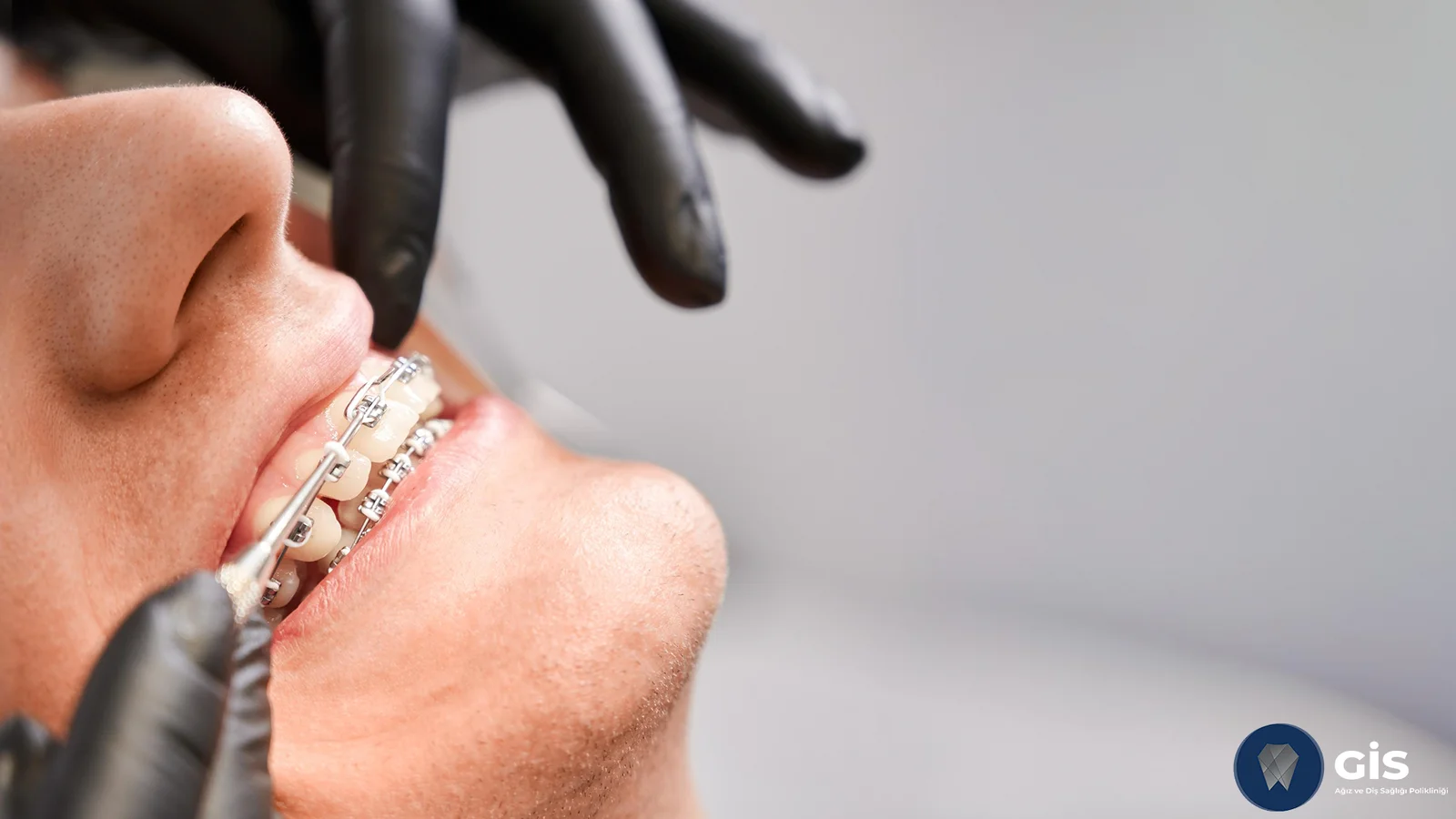What is Orthodontics?
Orthodontics, as a branch of dentistry, deals with the correction and alignment of teeth, jaw bones and facial structure. This field, which focuses on the diagnosis, treatment and prevention of dental and jaw disorders, helps eliminate both aesthetic and functional problems. Orthodontic treatments can be applied to all age groups, starting from childhood.
Purpose and Importance of Orthodontics
Its main purpose is to align the teeth correctly and correct the jaw structure. This treatment process allows the person to use his teeth more effectively and improve chewing and speaking functions. Additionally, properly aligned teeth make it easier to maintain oral hygiene and help prevent tooth decay and gum disease.
Functional Benefits
- Chewing and Digestion: Properly aligned teeth enable food to be chewed better, which helps the digestive process begin efficiently.
- Speech: Having the teeth and jaw in the correct position helps produce sounds properly during speech. This plays an important role in preventing speech disorders, especially in children.
- Oral Hygiene: Crooked or misaligned teeth can make brushing and flossing difficult. Properly aligned teeth make it easier to clean between the teeth and gums, which reduces the risk of tooth decay and gum disease.
Aesthetic Benefits
From an aesthetic point of view, straight teeth and a harmonious jaw structure increase a person’s self-confidence and beautify their smile. Aesthetic concerns are an important source of motivation for individuals seeking orthodontic treatment. These treatments can positively affect a person’s social life and self-confidence.
- Self-confidence: Having a smooth dental structure makes individuals feel better. This helps them be more comfortable in social situations and express themselves more easily.
- Appearance: Properly aligned teeth offer a more aesthetically pleasing appearance. This makes a positive contribution to the general appearance of individuals.

Orthodontic Problems and Their Causes
Dental problems may be genetic or caused by environmental factors. The most common orthodontic problems include crooked teeth, lower or upper jaw narrowness, open bite, cross bite and improper contact of the teeth with each other.
Genetic factors play a major role in shaping the teeth and jaw structure. Individuals with orthodontic problems in the family are more likely to encounter similar problems. In addition, environmental factors such as the use of pacifiers or bottles during infancy, thumb sucking habits and improper swallowing may also lead to deterioration of the teeth and jaw structure.
Orthodontic Treatment Methods
One of the most common methods used in orthodontic treatments is braces. Dental braces consist of brackets glued on the teeth and wires connecting these brackets together. Although metal brackets are the most commonly used type, transparent or ceramic brackets may also be preferred due to aesthetic concerns.
Clear aligners, known as Invisalign, are becoming increasingly popular in orthodontic treatments. These aligners are made of clear materials that fit over the teeth and are virtually invisible. Invisalign is an effective method for treating mild to moderate problems.
Other methods used to correct the jaw structure include functional appliances and jaw expanders. These appliances allow the jaw to grow and develop in the correct position. Jaw expanders help align teeth properly by widening the narrow jaw.
Orthodontic Treatment Process
This treatment usually consists of several stages. In the first stage, the dentist examines the patient’s teeth and jaw structure in detail. During this examination, a detailed diagnosis is made using x-rays, photographs and dental molds. A treatment plan is then created based on the patient’s needs.
The length of the treatment process varies depending on the severity of the patient’s problems and the treatment method. Braces are generally used for a period of 18-24 months. During this period, the patient must visit the dentist regularly and have the braces adjusted.
If transparent plates are used, the patient must change the plates at regular intervals. Each new aligner aligns the teeth a little more. The treatment period may be shorter if the aligners are used regularly and the doctor’s instructions are followed.

Advantages and Disadvantages of Orthodontic Treatment
This treatment has many advantages. Having aesthetically correct teeth beautifies a person’s smile and increases self-confidence. Additionally, properly aligned teeth improve chewing and speaking functions. Straightening the teeth and jaw structure helps prevent tooth decay and gum diseases.
However, this treatment also has some disadvantages. The treatment period is usually long and requires patience and regular care from the patient. Braces may cause discomfort and pain initially. Additionally, due to aesthetic concerns, some patients may be uncomfortable with the appearance of metal brackets. In this case, transparent or ceramic brackets may be preferred.
Orthodontic Prices
The methods used in orthodontic treatment directly affect the cost of treatment. Braces, one of the most common treatment methods, can be made of different materials. While metal braces are generally a more cost-effective option, ceramic or clear braces may be preferred for patients with aesthetic concerns and may cost more.
Clear aligners, known as Invisalign, have gained popularity in recent years because they are invisible. These aligners are produced specifically for the patient’s teeth and are used to treat mild to moderate orthodontic problems. Clear aligners are generally known as a more costly option than traditional braces.



